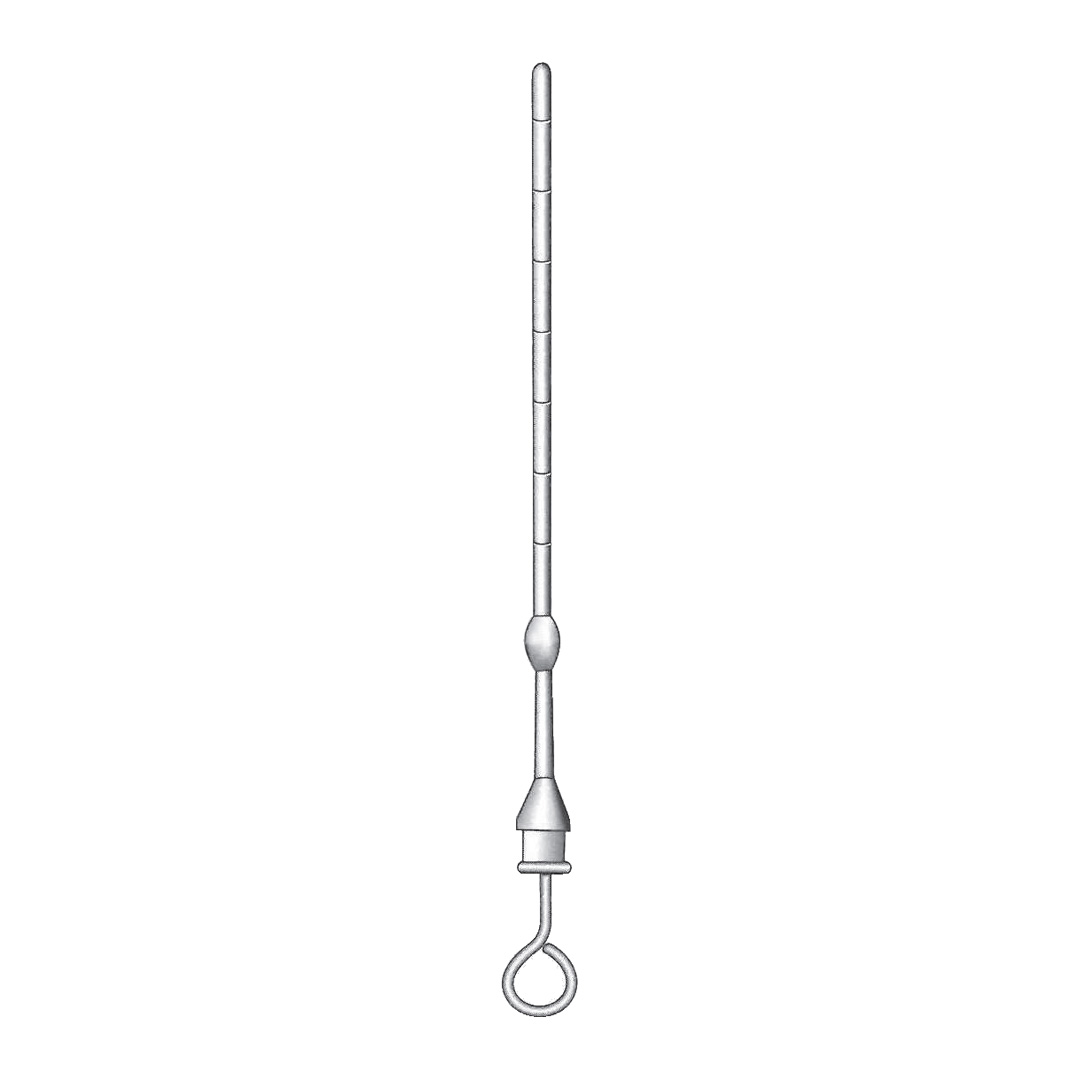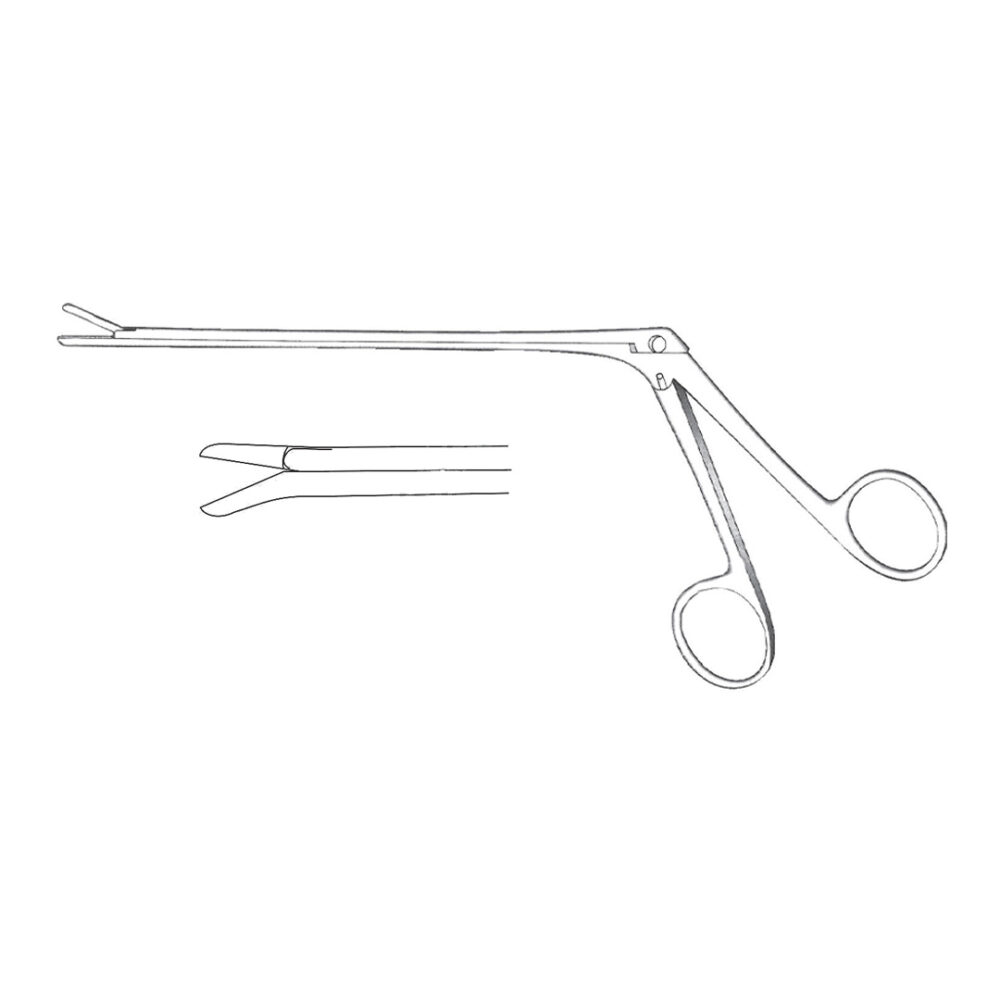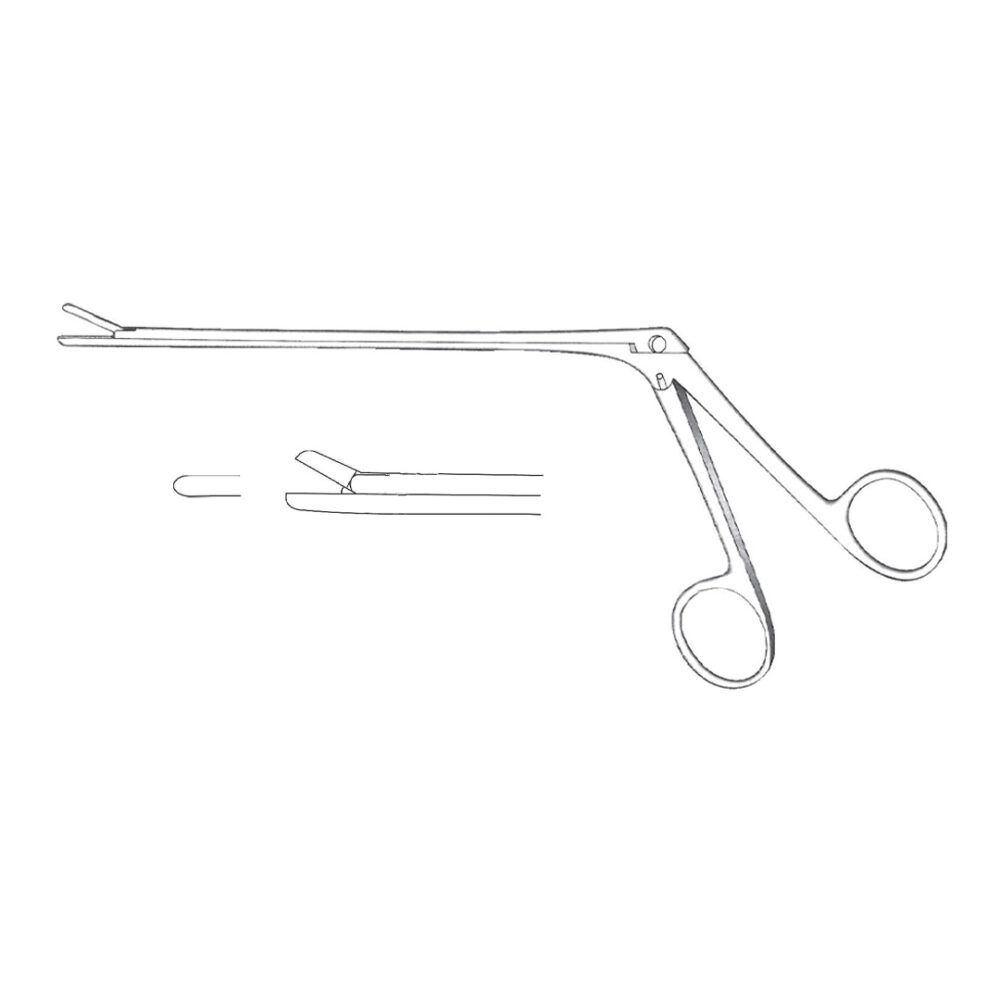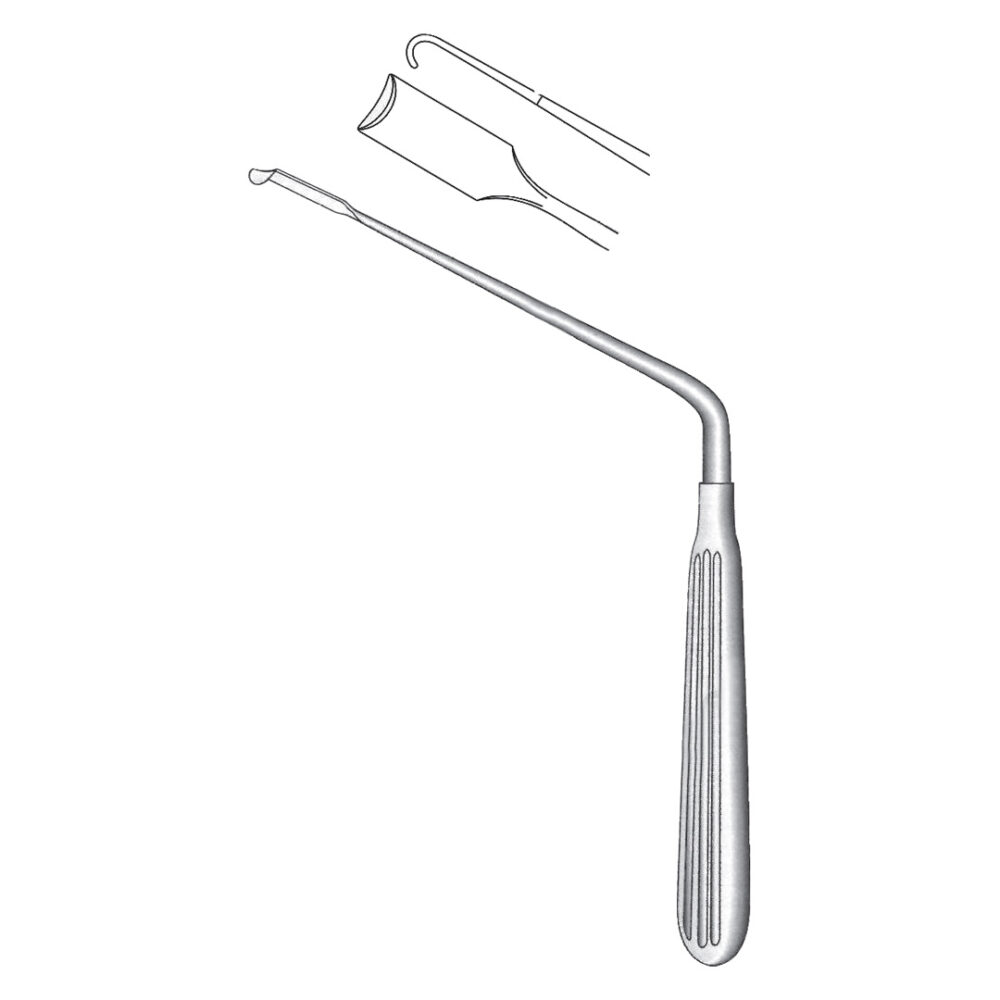Description
The Elsberg Cannula is a specialized surgical instrument primarily used in neurosurgery and spinal surgery. It is designed for the injection or aspiration of fluids in delicate and confined areas, such as the spinal canal or around the brain. Named after Dr. Charles Elsberg, a pioneering neurosurgeon, this cannula is an essential tool for procedures requiring precision and control. Let’s delve into the features, benefits, and significance of the Elsberg Cannula in surgical practice.
Introduction to Elsberg Cannula
The Elsberg Cannula features a fine, hollow tube with a sharp or blunt tip and a handle that allows for precise manipulation. This cannula is specifically designed for tasks such as injecting anesthetics, aspirating fluids, or introducing contrast media in neurodiagnostic procedures. Its design ensures minimal tissue trauma and high precision during delicate surgical interventions.
Significance in Surgical Practice
The Elsberg Cannula holds significant importance in surgical practice for several reasons:
- Precision Handling: Its fine tip and ergonomic handle enable surgeons to perform tasks with high precision, which is crucial in neurosurgery and spinal surgery.
- Minimized Tissue Trauma: The cannula’s design minimizes tissue trauma, leading to better surgical outcomes and faster recovery for patients.
- Versatile Application: It can be used in various procedures, including spinal taps, cisternography, and myelography, making it a versatile tool in the operating room.
Features of Elsberg Cannula
- Fine, Hollow Tube: The cannula has a fine, hollow tube that allows for the precise injection or aspiration of fluids.
- Sharp or Blunt Tip: Available with either a sharp or blunt tip to suit different surgical needs and preferences.
- Ergonomic Handle Design: The handle is designed for a comfortable grip and precise manipulation, allowing surgeons to perform intricate maneuvers with ease.
- Durable Material: Made from high-quality stainless steel, the Elsberg Cannula is durable, easy to sterilize, and resistant to corrosion.
- Various Sizes: Available in different lengths and diameters to accommodate various surgical needs and anatomical considerations.
Benefits of Using Elsberg Cannula
- Enhanced Surgical Precision: Surgeons can perform injections and aspirations with enhanced precision and control, which is essential in delicate surgical procedures.
- Reduced Tissue Trauma: The cannula’s fine tip and ergonomic design minimize tissue damage, leading to better post-operative outcomes for patients.
- Improved Efficiency: It allows for efficient fluid management, contributing to streamlined surgical procedures and accurate diagnostic processes.
Application of Elsberg Cannula
- Spinal Taps (Lumbar Punctures): Used to aspirate cerebrospinal fluid (CSF) for diagnostic purposes or to inject anesthetics or medications into the spinal canal.
- Cisternography: Assists in the introduction of contrast media into the subarachnoid space to visualize the cerebrospinal fluid pathways on imaging studies.
- Myelography: Used to introduce contrast media into the spinal canal for detailed imaging of the spinal cord and nerve roots.
Conclusion
The Elsberg Cannula is an invaluable instrument in neurosurgical and spinal procedures, offering enhanced precision, reduced tissue trauma, and improved efficiency during fluid injection and aspiration tasks. Its fine, hollow tube, sharp or blunt tip options, and ergonomic design make it an essential tool for surgeons performing delicate and intricate maneuvers. By utilizing the Elsberg Cannula effectively, surgical teams can achieve better diagnostic and surgical outcomes, providing optimal care for their patients.











